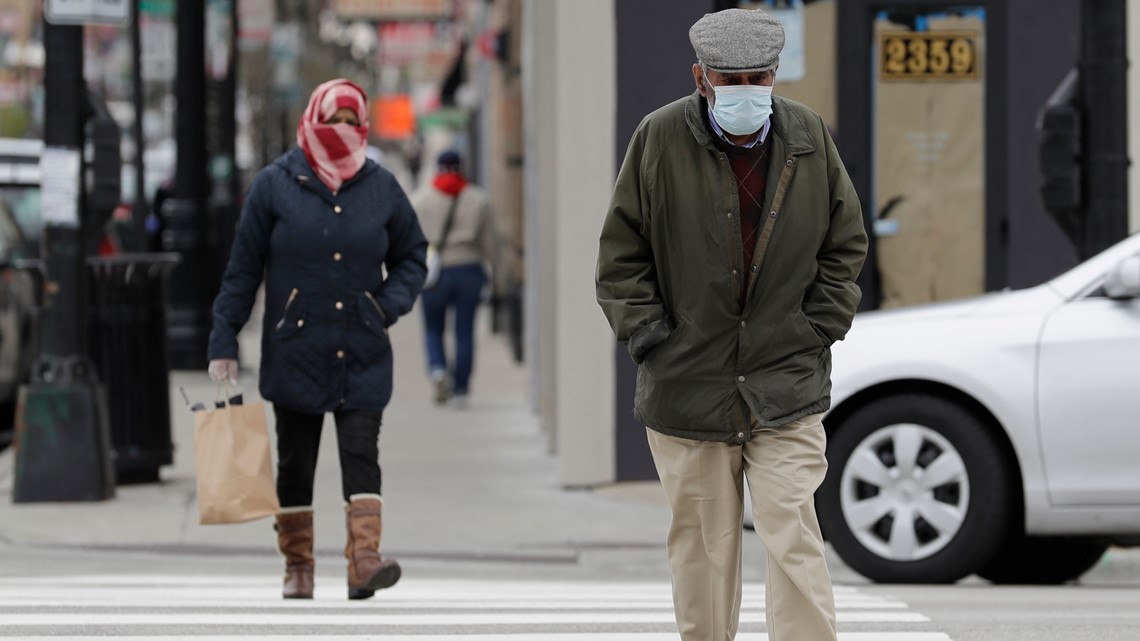WASHINGTON — The coronavirus pandemic could last 18 to 24 months and might not end until 60% to 70% of the population is immune, a team of pandemic experts estimated in a new report released Thursday.
The report from the Center for Infectious Disease Research and Policy (CIDRAP) at the University of Minnesota warned authorities in the Northern Hemisphere to plan for a worst-case scenario of an even larger wave of COVID-19 cases in the fall or winter of 2020.
"The idea that this is going to be done soon defies microbiology," Mike Osterholm, who directs the CIDRAP team, told CNN.
In the report, the researchers noted COVID-19 is behaving more like past influenza pandemics than like any other coronavirus has previously, so certain inferences can be made.
However, COVID-19 appears to spread more easily than the typical flu because it has a longer incubation period and appears to spread more when people aren't showing symptoms, the report stated.
The authors determined that cases may come in waves, including a possible spike in the fall, based on control measures and other factors.
The report laid out three possible scenarios
Scenario 1: Peaks and valleys - The first wave we're experiencing now is followed by repetitive smaller waves that occur through the summer and then consistently over a 1- to 2-year period, eventually diminishing sometime in 2021. Depending on how high the waves peak, this scenario could require mitigation measures to be periodically reinstated and relaxed over the next 1 to 2 years.
Scenario 2: Fall peak - The Northern Hemisphere experiences an even larger wave of cases in the fall or winter of 2020 and the one or more smaller waves in 2021. The researchers noted this pattern is similar to what occured with the 1918-1919 flu pandemic, the 1957-1958 pandemic and the 2009-2010 flu pandemic.
Scenario 3: Slow burn - After the wave of cases in spring 2020, there is a "slow burn" of ongoing transmission and case occurrence, but without a clear wave pattern. While the third scenario would likely not require the reinstitution of mitigation measures, cases and deaths will continue to happen, researchers predicted.
"The virus caught the global community off guard, and its future course is still highly unpredictable; there is no crystal ball to tell us what the future holds and what the “end game” for controlling this pandemic will be," the researchers wrote.


Worldwide, more than 1 million people have recovered among 3.2 million confirmed cases. There have been 233,000 confirmed killed as a result of COVID-19.
For most people, the coronavirus causes mild or moderate symptoms, such as fever and cough that clear up in two to three weeks. For some, especially older adults and people with existing health problems, it can cause more severe illness, including pneumonia.


